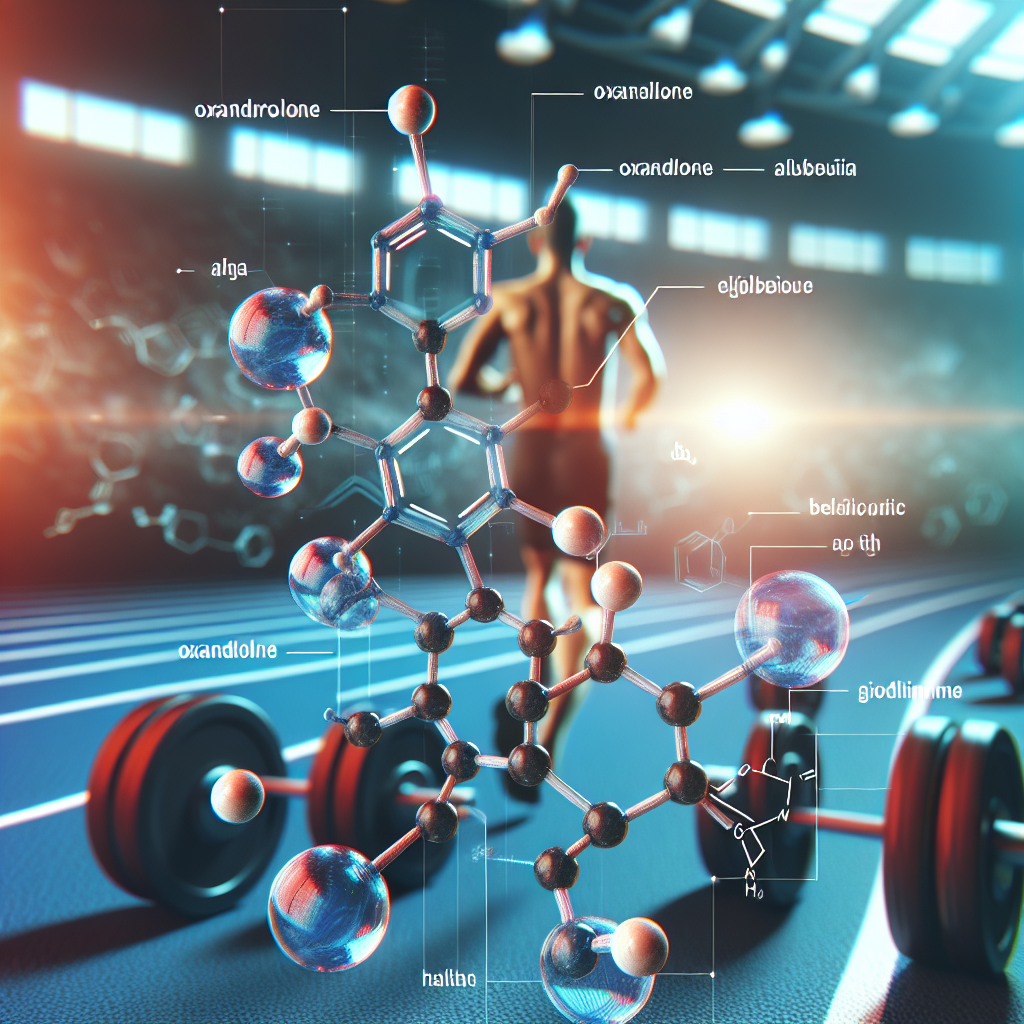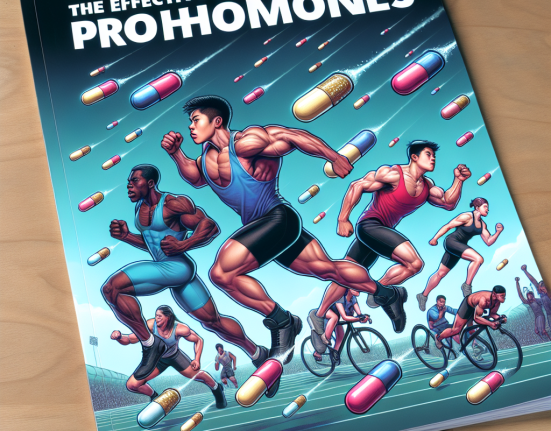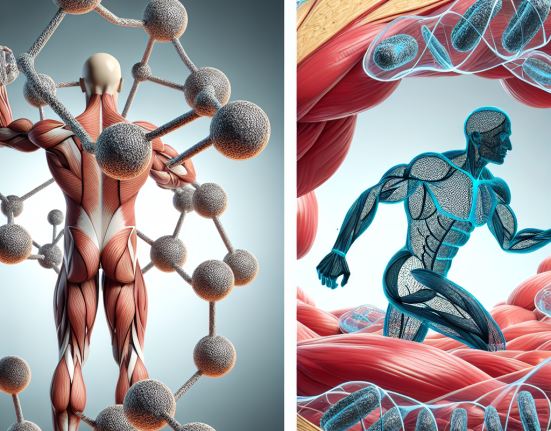-
Table of Contents
Oxandrolone: A Powerful Anabolic Steroid in Sports
Sports and performance enhancement have always gone hand in hand. Athletes are constantly looking for ways to improve their physical abilities and gain a competitive edge. One method that has been widely used in the world of sports is the use of anabolic steroids. These synthetic substances mimic the effects of testosterone, the primary male sex hormone, and can greatly enhance muscle growth, strength, and endurance. Among the various anabolic steroids available, Oxandrolone stands out as a powerful and popular choice among athletes. In this article, we will explore the pharmacology, benefits, and controversies surrounding Oxandrolone in sports.
Pharmacology of Oxandrolone
Oxandrolone, also known by its brand name Anavar, is a synthetic derivative of testosterone. It was first developed in the 1960s by pharmaceutical company Searle and was primarily used to treat muscle wasting diseases and promote weight gain in patients with chronic illnesses. However, it was soon discovered that Oxandrolone had potent anabolic effects and could greatly enhance muscle growth and strength.
Oxandrolone belongs to the class of drugs known as anabolic-androgenic steroids (AAS). It works by binding to androgen receptors in the body, which are found in various tissues including muscle, bone, and the central nervous system. This binding activates the androgen receptors, leading to an increase in protein synthesis and nitrogen retention, which are essential for muscle growth and repair. Oxandrolone also has a low androgenic effect, meaning it has a lower potential for causing unwanted side effects such as hair loss and acne.
The pharmacokinetics of Oxandrolone are also favorable for athletes. It has a relatively long half-life of approximately 9 hours, meaning it can remain active in the body for a longer period of time compared to other steroids. This allows for less frequent dosing, making it more convenient for athletes who may have a strict training and competition schedule.
Benefits of Oxandrolone in Sports
The use of Oxandrolone in sports is primarily for its anabolic effects, which can greatly benefit athletes in terms of muscle growth, strength, and performance. Studies have shown that Oxandrolone can increase lean body mass and muscle strength in both men and women (Bhasin et al. 1996). This makes it a popular choice among bodybuilders, weightlifters, and other strength athletes.
Oxandrolone is also known for its ability to enhance endurance and improve recovery time. This is due to its ability to increase red blood cell production, which can improve oxygen delivery to muscles and delay fatigue. In a study on elderly men, Oxandrolone was found to increase muscle strength and endurance, as well as improve overall physical function (Sattler et al. 2002).
Another benefit of Oxandrolone is its ability to promote fat loss. It has been shown to increase metabolism and decrease body fat, making it a popular choice for athletes looking to improve their body composition. In a study on HIV-positive patients, Oxandrolone was found to significantly decrease abdominal fat and increase lean body mass (Strawford et al. 1999).
Controversies Surrounding Oxandrolone in Sports
Despite its numerous benefits, the use of Oxandrolone in sports has been met with controversy. Like all AAS, Oxandrolone is a banned substance in most sports organizations and is considered a performance-enhancing drug. Its use is also associated with potential side effects, including liver toxicity, cardiovascular issues, and hormonal imbalances.
Furthermore, the use of Oxandrolone in sports has been linked to cases of doping. In 2012, Olympic sprinter Crystal Cox was stripped of her gold medal after testing positive for Oxandrolone (Associated Press 2012). This highlights the ethical concerns surrounding the use of performance-enhancing drugs in sports and the need for strict regulations and testing.
Expert Opinion
Despite the controversies surrounding its use, Oxandrolone remains a popular choice among athletes looking to improve their performance. Its potent anabolic effects and favorable pharmacokinetics make it a powerful tool for muscle growth, strength, and endurance. However, it is important for athletes to be aware of the potential risks and side effects associated with its use and to follow strict regulations and testing protocols to ensure fair competition.
References
Associated Press. (2012). Sprinter Crystal Cox stripped of Olympic gold medal. USA Today. Retrieved from https://www.usatoday.com/story/sports/olympics/2012/10/18/crystal-cox-olympic-gold-medal-stripped/1640743/
Bhasin, S., Storer, T. W., Berman, N., Callegari, C., Clevenger, B., Phillips, J., … & Casaburi, R. (1996). The effects of supraphysiologic doses of testosterone on muscle size and strength in normal men. The New England Journal of Medicine, 335(1), 1-7.
Sattler, F. R., Castaneda-Sceppa, C., Binder, E. F., Schroeder, E. T., Wang, Y., Bhasin, S., … & Azen, S. P. (2002). Testosterone and growth hormone improve body composition and muscle performance in older men. The Journal of Clinical Endocrinology & Metabolism, 87(2), 756-763.
Strawford, A., Barbieri, T., Neese, R., & Hellerstein, M. (1999). Effects of nandrolone decanoate therapy in borderline hypogonadal men with HIV-associated weight loss. The Journal of Acquired Immune Deficiency Syndromes and Human Retrovirology, 20(2), 137-146.






